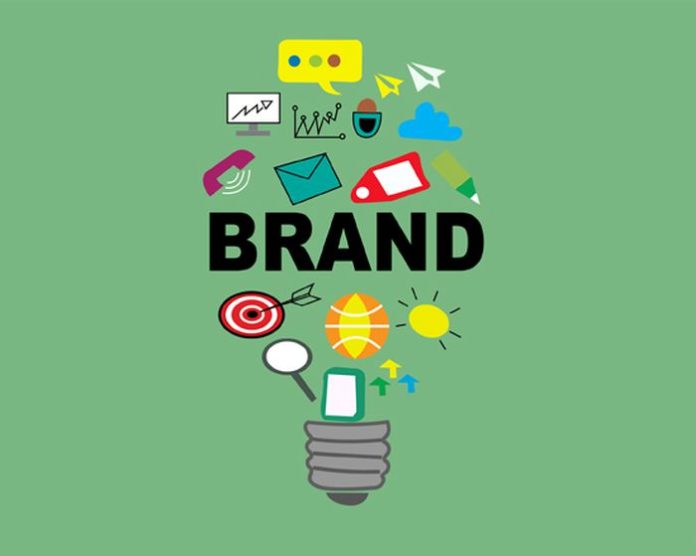
Try to imagine a world where the marketplace is filled with enterprises that all look the same—no logos, no name, no identity. Doesn’t it sound bland and boring? Branding is what distinguishes a company from other entities offering similar services and products. It is essential not only when you’re trying to enter a market, but also when you want to stay and grow.
Brand identity refers to the expression of the goals, purpose, and message of a company through visual representations like logos, signage, website, uniforms, business cards, and intangible aspects like values, culture, and strategies. Collectively, these things help the audience identify the brand out of the many competitors vying to be known in a specific niche.
How does brand identity work?
Branding is your company’s persona. Brand identity is the visual component of that personality, which can bring your brand to memory or even invoke a feeling from the audience or customer. Brand identity helps build your reputation and further reinforces it by providing a one-of-a-kind experience for the people.
However, just because you have a brand doesn’t mean it will automatically catapult you to fame. You need to establish a strong brand identity to work in your favor, helping you convert leads to customers.
What does it mean to have a strong brand identity? It signifies that you have a deep understanding of your brand, which translates to a consistent and accurate expression through visual components and company culture and values. Put, creating a cohesive brand story that people can relate to gives birth to a striking brand identity, which in turn will help your brand gain footing in the niche you choose.
What’s in a brand identity?

Brand identity consists mostly of design elements that you see every day. These components help communicate your brand’s persona to let people know who you are, loud and clear: Colors, Fonts, Shapes, Images, and Brand voice.
These branding elements are the building blocks that create your identity in the market. They apply to virtually all aspects of your brand, including the way you interact with the audience. These things can be found in a company’s social media, marketing paraphernalia, packaging, and every other tool that presents your brand to users and customers.
Here are some inspiring examples of brand identity and how you can get them right to win over the audience and potential customers.
Unique domain name
Most companies stick to the usual domains like a .com, .org, or .net, but there are a lot of companies out there that capitalize on a domain name to create a unique impression among an audience. It’s as simple as getting a domain that is unlike the rest, making it more memorable for being different.
Take the .xyz domain name, for instance. It is short and uses the last three letters of the alphabet, which makes it easy to recall. The .xyz domain ending is considered a top-tier domain and is used by Google’s corporate website, alphabet. Another great example is the .monster domain, which is versatile in that it can express the company’s message of being a powerful and enthusiastic brand.
Edgy personas

It’s easy to make a brand that patterns other successful competitors. After all, what they did works, so why can’t it work for yours as well? However, falling into this trap can do more harm than good. Part of the role of creating a brand identity is giving you a persona that’s unique to your brand.
Sometimes, different is good. Virgin Media took the edgy and made it their own. You can take inspiration from the brand’s purpose and values, which combine short texts with out-of-the-ordinary designs. This style makes people curious and urges them to click on it to learn more.
Colorful Identity
Color palettes are an essential element of design, and it also forms a significant portion of the brand identity. Part of the reason why brands are distinguishable is that they use color palettes matching their persona. These branding elements are used in conjunction with shapes and fonts to create a visual identity unique to the brand.
A vibrant brand identity immediately piques the interest of any viewer. It not only leaves a lasting impression on the user, but it also evokes memorability. Take a look at this artistic branding paraphernalia Talor & Jørgen Coffee uses. It’s a subscription service for coffee lovers in Norway. The pastel colors are aesthetically pleasing and, combined with the drawings, are delightful to the eyes.
Luxury and Sophistication

For savvy shoppers, branding is a significant part of their buying decision. They tend to choose smart and sophisticated designs that communicate elegance. According to designcontest.com, design elements like sleek black, metallic elements and geometric shapes typically express luxury, but other companies incorporate the element of surprise through unusual fonts and bold colors.
Minimalism can also express sophistication in brand identity. The less clutter in the design, the more it highlights the brand name and symbol, creating a clean and polished look. This high-class rentals in Utah, Altitude Luxury Properties, use a metallic gold gradient with a serif font that highlights professionalism and elegance.
Value-oriented brand identity
Cost-effectiveness is a brand quality that buyers search for since people are always looking for products and services that give them the best value for their money. In essence, value-focused brands are the opposite of sophisticated identities, opting for primary colors, and straightforward designs that use a simple font and symbol. This design by Muhsin for Spatula uses blue as its primary color with a simple graphic element of a spatula enclosed in a circle. The brand wanted to present itself as an easy-to-use software that is cheaper than the competition but still as powerful, which is aptly expressed in the logo.
Wrap up: Building your brand

Create a brand identity that expresses your character as a company and makes it unforgettable by following some of these tips. Before you do that, make sure that you have a clear understanding of your brand’s purpose, message, and values. Once you’ve shaped your persona and voice, it all comes together with design to give you the brand identity that stays true to who you are.
















